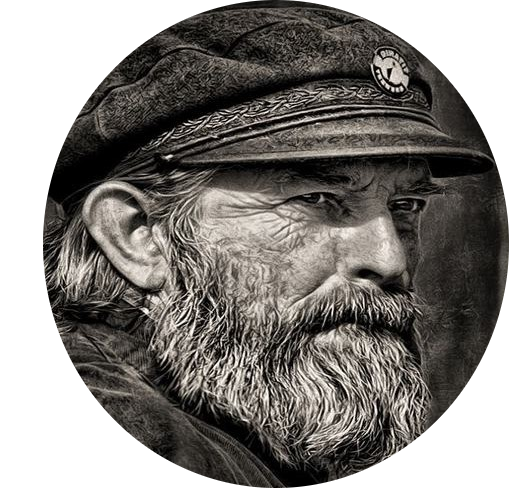Hartington
Hartington is the major village on the central section of the valley of the Dove. The village was most likely founded as a farming settlement in the 6th or 7th century its name stemming from Anglo Saxon roots.
According to the English Place Names Society the name of the village derives from the Old English for either ‘Stags’ hill’ or ‘hill connected with Heorta. Hartington was mentioned in the Domesday Book as belonging to Henry de Ferrers and being worth forty shillings.
Hartington is situated in an ancient and man-made landscape, criss crossed by stone walls and patterned with trees, planted in rows, groups and plantations to provide shelter from the winds that sweep across the plateau. These shelterbelts were often planted along old lead workings, where dangerous shafts and poisoned ground made the land unsuitable for anything else.
Notable buildings in the village include: the market hall – granted a market charter in 1203. The market made Hartington an important local centre and during the 18th and 19th centuries.
The local economy was boosted by the development of the copper mines at nearby Ecton Hill, which were phenomenally productive in the late 18th century.
The wealth and standing of Hartington at this time can be best judged by the fine old Town Hall building, which is now The Village Store.
The 13th century parish church of Saint Giles. The church stands above the market square and has an attractive 5 light window in its south transept. The tower is Perpendicular with battlements and crocketed pinnacles and stands at the west of the building. Hartington was the centre of a huge parish, later spilt into four parts.
Slightly above the village is the 17th century Hartington Hall now a YHA, Bonnie Prince Charlie is thought to have stayed there on his ill fated mission in 1745.
A prominent house in the centre of the village is Bank House built by the former village mill owner and in the past used as the village bank.
Hartington Mill, now a private house, stands by the River Dove. This was the local water mill for grinding corn.

Half a mile to the south of the village on the River Dove, is the fishing house of the famous angler and author Charles Cotton, he introduced Issac Walton to the Peak District and together they wrote `The Complete Angler` a sort of fishermans bible.
To the north of the village is Pilsbury Castle, an 11th century motte-and-bailey castle that survives only as an earthwork.
The former creamery in the village, often called the cheese factory, was founded by the Duke of Devonshire in the 1870s – it was one of the three counties – Derbyshire, Leicestershire and Nottinghamshire licensed to produce Stilton. It also produced its own unique Dovedale Cheese and others such as Buxton Blue Cheese. The creamery was sold by Dairy Crest to the Long Clawson Creamery (a rival Stilton maker from Leicestershire) and closed shortly afterwards with the loss of 190 jobs. Until then Hartington was the supplier of 25% of the world output of Stilton cheese.
There is still a cheese shop outside selling a range of local cheeses none are now produced in Hartington.
Hartington Village Store is now the centre of attraction with good fresh coffee, deli counter and a good selection of wines and local beers.
The stone carved village pump survives on the green and was an important source of water before piped supplies were bought to the village.
Hartington Mere – in the past meres were built to hold the rain water for farm animals and the railways were once used to bring water to isolated settlements in times of drought and this was stored in the mere.
Hartington signal box – on the site of the former Hartington Railway Station, and nearly two miles distant from the village, has been renovated and converted to a Visitor Centre. This is situated on the Tissington Trail popular with walkers & cyclists.
Hartington is 2miles from Biggin by road or by walking over the green lane – a classic walk is available from Biggin taking you via Biggin Dale, Wolfscote Dale & Beresford Dale to Hartington and back to Biggin over the green lane. (6miles)
